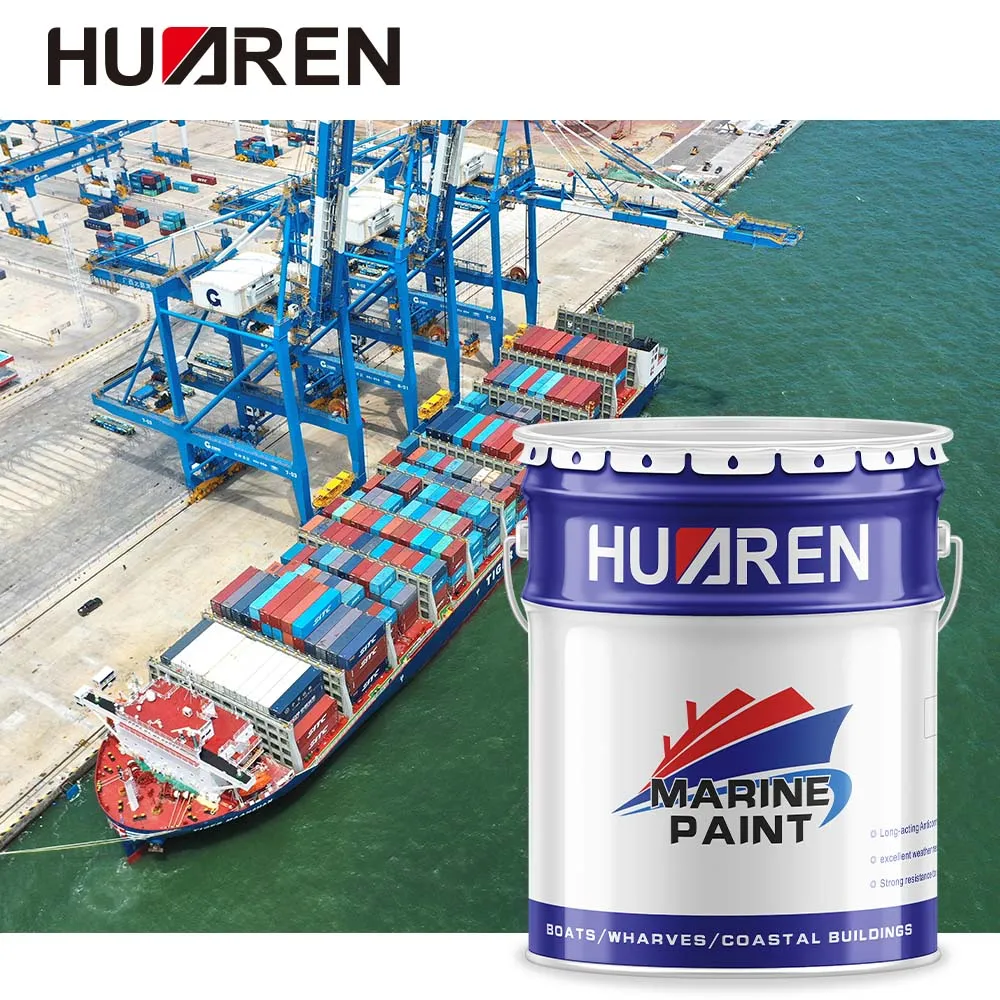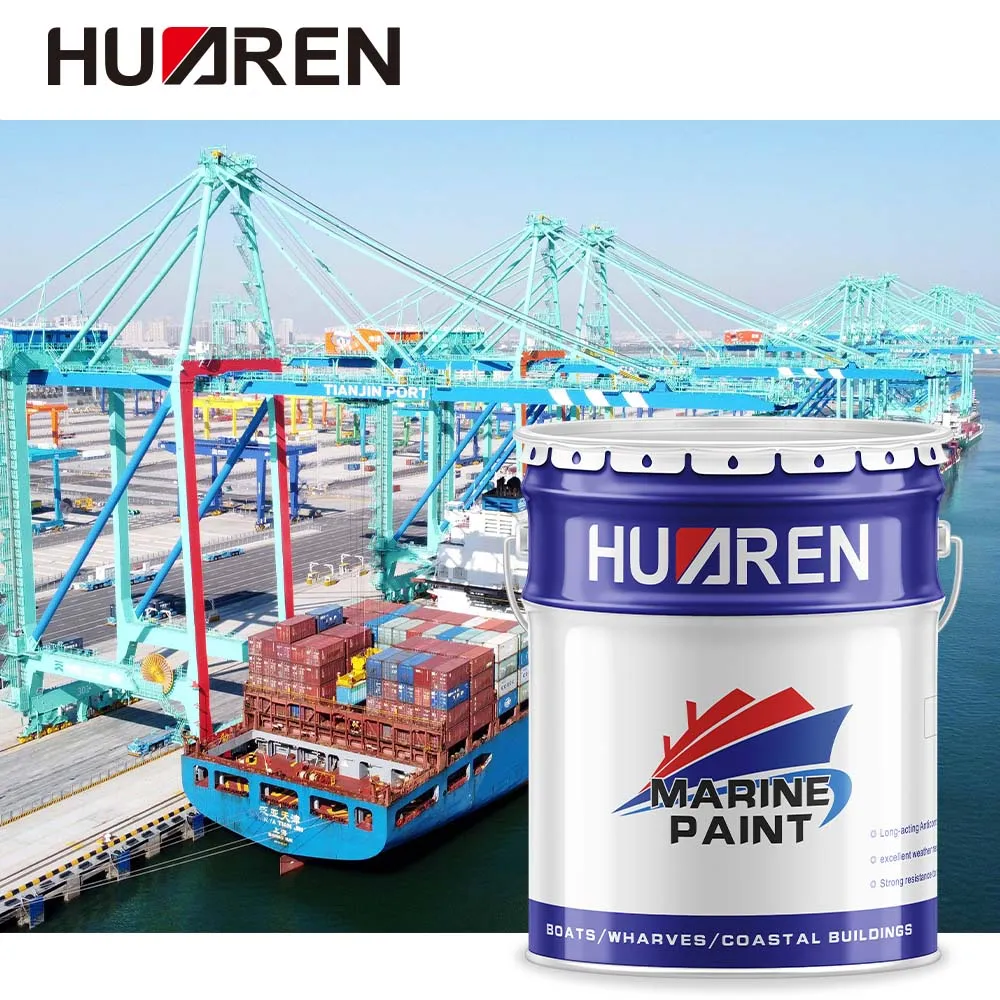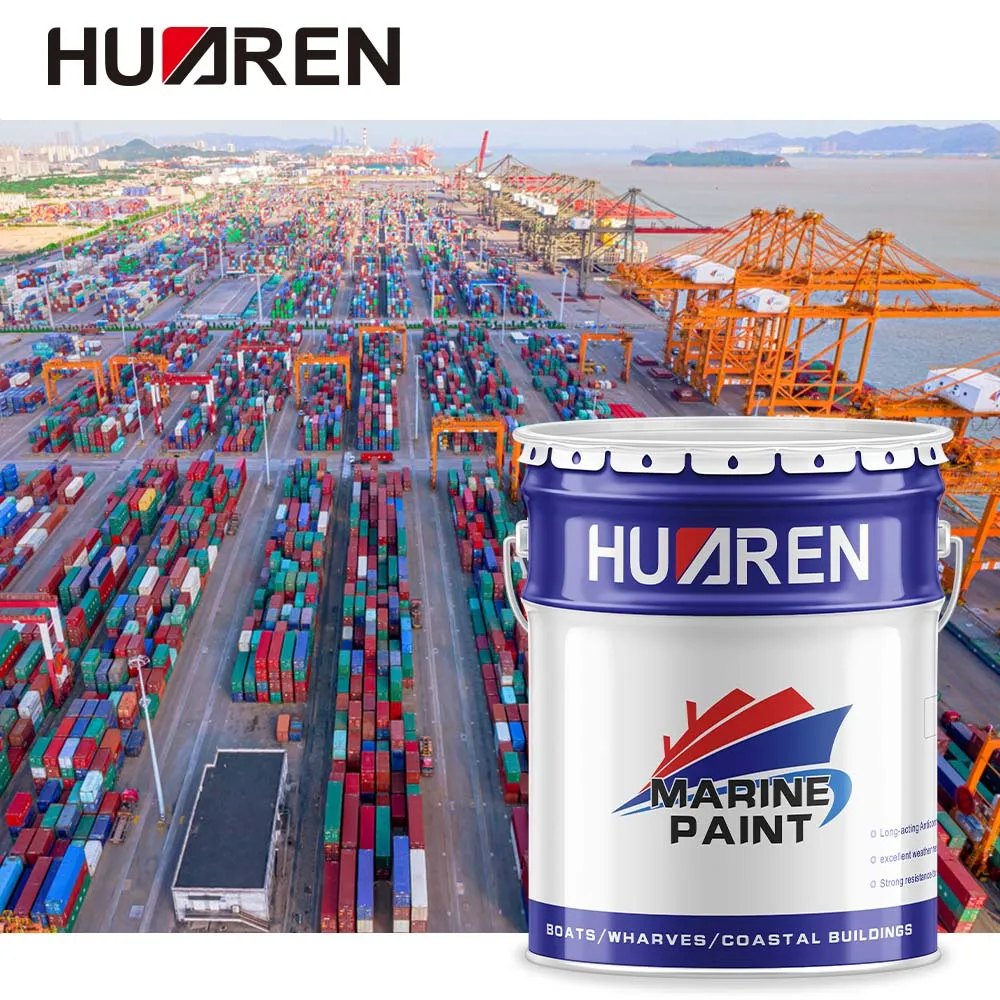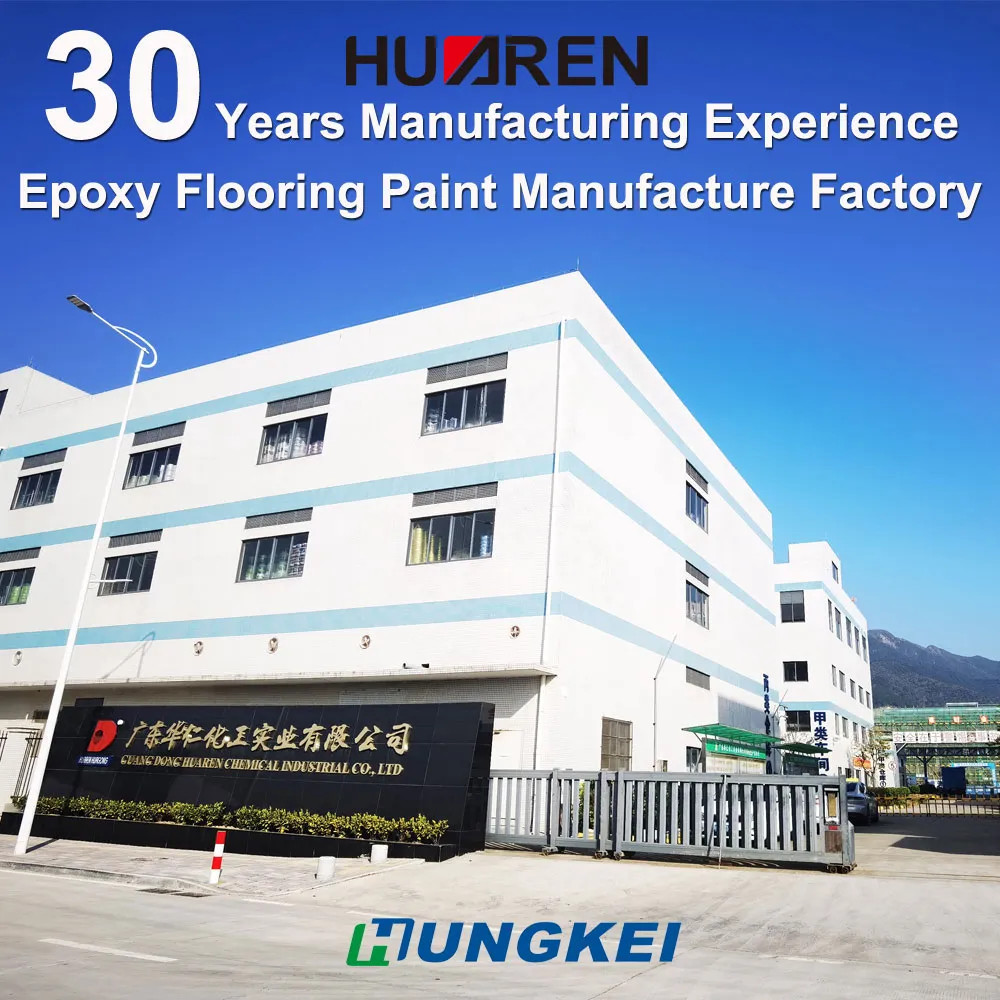Although both marine paint and ordinary paint are coatings used to protect and decorate the surface of objects, they have significant differences in composition, performance, application environment and function.
This article will explore the differences between marine paint and ordinary paint in depth, and analyze the differences between the two in detail from multiple angles to help readers better understand and choose the right paint.

What is Marine Paint?
Marine paint is a type of coating designed specifically for ships that protects the hull from corrosion and biofouling in extreme environments. It has extremely high durability and corrosion resistance, and can maintain performance under harsh conditions such as seawater, salt spray, high humidity and strong UV exposure.
Marine paint is mainly used for the exterior and interior of the hull, including the bottom, side, deck, cargo hold and other parts. Its main functions include anti-corrosion, anti-fouling and decoration, ensuring that the ship is not affected by corrosion and biological adhesion during long-term sea voyages.
What is regular paint?
Ordinary paint is a kind of coating widely used for surface protection and decoration of buildings, furniture, vehicles, etc. It is composed of resin, pigment, filler and solvent, and is coated on the surface of objects to form a protective layer to prevent the objects from being eroded and damaged by environmental factors.
Ordinary paints are widely used and are often used on various surfaces such as home decoration, car painting, industrial equipment, furniture, etc. Its main function is to provide a beautiful appearance while providing a certain degree of protection for the surface of the object.

What is the difference between marine paint and ordinary paint?
1. The difference between the composition of marine paint and ordinary paint:
Marine paints are formulated to withstand marine environments and typically include the following ingredients:
● Resin: High-performance resins such as epoxy resin and polyurethane resin provide excellent adhesion and durability.
● Pigments: Inorganic pigments and UV-resistant pigments ensure that the coating color is stable and not easy to fade.
● Filler: Anti-corrosion filler and reinforcing filler to improve the corrosion resistance and mechanical strength of the coating.
● Additives: Antifungal agents, antifouling agents and antioxidants, etc., to enhance the antifouling and antifungal properties of the coating.
The composition of ordinary paint is relatively simple, mainly including:
● Resin: acrylic resin, alkyd resin, etc., provide basic adhesion and durability.
● Pigments: Organic and inorganic pigments, providing a variety of color options.
● Filler: Common filler, enhances the mechanical properties of the coating.
● Additives: leveling agents, anti-settling agents, etc., to improve the construction performance and appearance of the coating.
2. The performance difference between marine paint and ordinary paint:
● Corrosion resistance
Marine paints have extremely high corrosion resistance and can maintain their performance for a long time under harsh conditions such as salt spray, high humidity and seawater immersion. Its anti-corrosion performance is far superior to ordinary paint and can effectively prevent corrosion of hull steel and other metal parts.
Ordinary paints have weak corrosion resistance and are mainly used for protection and decoration indoors and in non-extreme environments. Although some high-performance ordinary paints also have a certain degree of corrosion resistance, their effect in marine environments is far inferior to that of ship paints.
● Abrasion and weather resistance
Marine paint is extremely wear-resistant and weather-resistant, and can withstand multiple tests in the marine environment, such as wind and wave impact, ultraviolet radiation, and temperature changes. Its wear resistance and weather resistance ensure that the hull will not be easily damaged or aged during long-term use.
Ordinary paints have relatively weak wear resistance and weather resistance and are mainly used for surface protection and decoration indoors and in non-extreme environments. Although some high-performance ordinary paints also have good wear resistance and weather resistance, they are not as effective as marine paints in extreme environments.
● Antifouling performance
Marine paints often contain antifouling agents to prevent marine organisms (such as shellfish and algae) from attaching to the surface of the hull. Antifouling performance is one of the important characteristics of marine paint, ensuring that the ship maintains a good speed and fuel efficiency during navigation.
Ordinary paints usually do not have antifouling properties and are mainly used for surface protection and decoration in non-marine environments. The use of ordinary paint in a marine environment can easily lead to the attachment of marine organisms, affecting the performance and appearance of the object.

3. Differences in application environment between marine paint and ordinary paint:
Marine paints are designed for marine environments and are suitable for a wide range of vessels and offshore structures, including:
● Ocean vessels: cargo ships, passenger ships, fishing boats, yachts, etc.
● Offshore platforms: oil drilling platforms, wind power platforms, etc.
● Port facilities: docks, berths, pontoons, etc.
Marine paints can maintain their performance for a long time under harsh conditions such as seawater, salt spray, high humidity and strong ultraviolet radiation, providing effective protection for ships and offshore structures.
Ordinary paints are mainly used for surface protection and decoration in terrestrial environments and are suitable for:
● Buildings: interior and exterior walls, doors and windows, furniture, etc.
● Vehicles: cars, motorcycles, bicycles, etc.
● Industrial equipment: mechanical equipment, steel structures, etc.
Ordinary paint is suitable for relatively mild environments and can provide good appearance and basic protection performance, but it is not as effective as marine paint in extreme environments.
4. The difference between the construction methods of marine paint and ordinary paint:
The application of marine paint usually requires high technology and equipment, including:
● Surface treatment: The hull surface needs to be thoroughly cleaned, derusted and polished to ensure coating adhesion.
● Primer coating: Apply anti-corrosion primer first to improve the adhesion and anti-corrosion performance of the coating.
● Application of midcoat and topcoat: Application of midcoat and topcoat provides color and gloss, as well as an additional layer of protection.
● Antifouling paint coating: Antifouling paint is applied to the bottom of the ship and the part below the waterline to prevent the attachment of marine organisms.
The application of marine paint requires professional equipment and technicians to ensure the uniformity and adhesion of the coating.
Ordinary paint is relatively simple to apply and can be applied using a brush, roller or spray equipment. The construction steps usually include:
● Surface treatment: Clean the surface and ensure it is free of oil and dust.
● Primer coating: Apply primer as needed to improve coating adhesion.
● Topcoat application: Apply topcoat to provide color and gloss.
The application of ordinary paint does not require high technology and professional equipment, and is suitable for home and general industrial use.

Examples of practical applications
Case 1: Painting of marine vessels
A cargo ship of a shipping company undergoes regular painting and maintenance of ship paint. After professional construction, multiple layers of anti-corrosion paint and anti-fouling paint are applied to the surface of the hull to ensure that the ship is not affected by corrosion and biological attachment for a long time in the marine environment. The results showed that the freighter maintained good performance and appearance during long voyages, reducing maintenance costs.
Case 2: Painting of a family car
Mr. Li's family car needed a facelift and he chose ordinary paint for the painting. After simple surface treatment and coating, the car looks brand new with bright paint and rich color. Although ordinary paint is not as durable as marine paint, Mr. Li's car paint can still maintain good results in daily use.
Huaren Chemical Industry Co., Ltd. is a leading Chinese manufacturer and supplier of industrial paints and resins. Since 1994, we have specialized in producing high-quality products such as epoxy coatings, phenolic paints, waterborne industrial paints, and alkyd resins. Our state-of-the-art facilities include 30 advanced paint lines and 6 resin production lines, ensuring a consistent annual output exceeding 20,000 tons. We serve industries ranging from shipbuilding to construction, offering durable and reliable coatings at competitive prices. Huaren has established a strong global presence in markets such as Africa, India, Southeast Asia, and Europe. We provide wholesale options, bulk purchasing discounts, and customized solutions to meet diverse industry needs. Contact us now to learn more about our extensive product range, request a free quote, or take advantage of our ongoing factory promotions.

